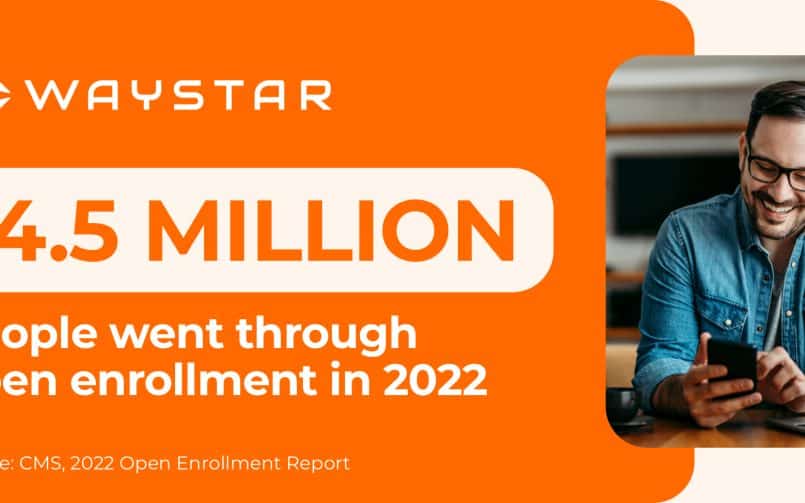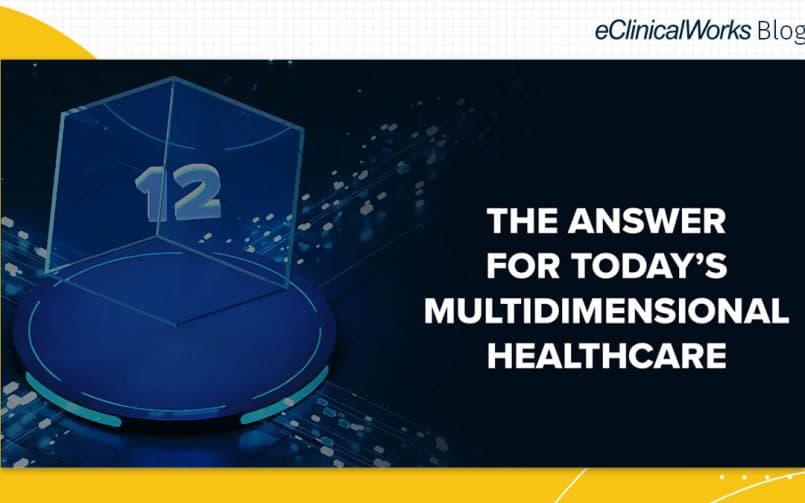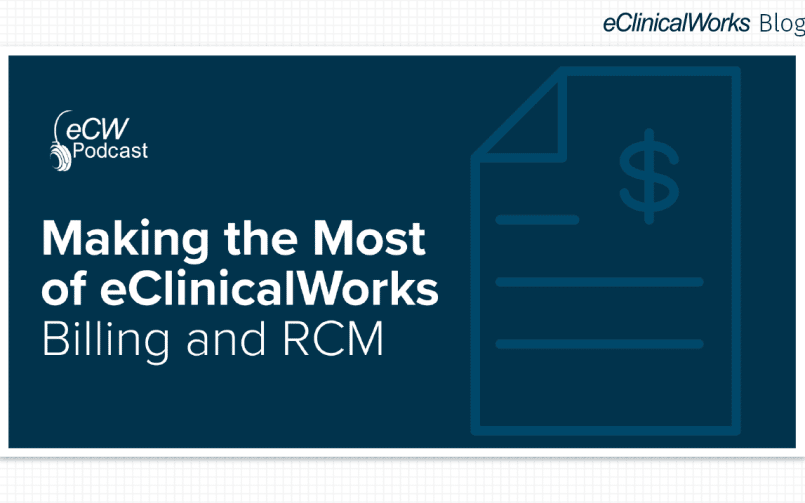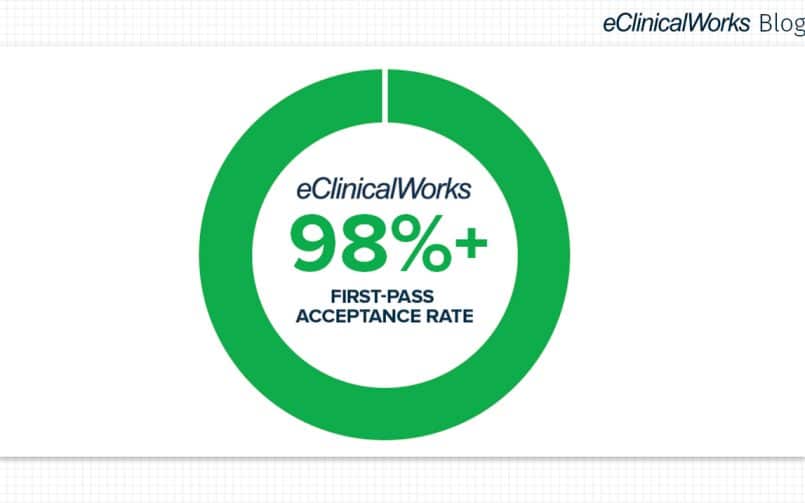Strategies to Prevent Coding Denials and Increase Revenue
- 15 November 2023
- Blog
TriZetto Provider Solutions
This content has been modified from an article published by Cognizant in August 2023.
This blog is presented by TriZetto as part of their sponsorship of the 2023 eClinicalWorks® and healow® National Conference.

Medical coding is a complex and critical component of any medical practice. Because of the complexities, coders must be well-versed in the details relating to procedures, specialties, payer guidelines, and the overall healthcare system.
Coding professionals play an integral role in the success of a healthcare organization. However, even experts make mistakes. These mistakes can lead to denials and wreak havoc on the revenue cycle.
The Financial Impact of Coding Errors
According to recent market data, coding mistakes account for a staggering 63 percent of medical billing errors1. With the cost of medical billing errors averaging $100 per mistake, the dollars can add up quickly. According to the American Medical Association2, these common coding errors can lead to fraud investigations:
- Unbundling codes. Unbundling refers to using multiple Current Procedural Terminology (CPT) codes for the individual parts of the procedure, either due to misunderstanding or to increase payment.
- Failing to check National Correct Coding Initiative (NCCI) edits. Failing to review the NCCI edits, a guideline developed by the Centers for Medicare & Medicaid Services for Medicare Part B claims, can result in denials when multiple codes are reported.
- Failing to append the correct modifiers. Failing to append the correct modifiers or appending inappropriate modifiers can lead to more scrutiny from payers and cause audit delays.
- Reporting unlisted codes without documentation. Using an unlisted code to bill for a service properly must include the proper support documents.
With healthcare fraud totaling upwards of $68 billion each year in the United States3, it’s no wonder that claims are often under the microscope.

Preventing Coding Denials
Prevention starts by understanding the reasons for high denial rates, and then identifying trends by diving into the data. Implementing an organized denial management process to track, assess, and assign accountability is recommended as losing track of denials can seriously impact revenue. These tips, along with the steps below, are advised to improve denial rates:
- Act quickly. While nearly 20% of all claims are denied, almost 60% of these denials are never resubmitted4. Practices should have a process to correct denials, preferably within a week. This is achievable by leveraging innovations such as Robotic Process Automation (RPA), which can be used in data transcription (e.g., moving data a point from A to B) and/or appeal submission by replicating and substituting for human “clicks.”
- Understand the “when” and “what.” To harness the power of technology effectively, providers must grasp the “when” and “what” — “when” in the coding process should we use technology, and “what” should we use?
For example, RPA and generative AI can be used in the coding process to reduce inaccuracies and to compile the correct and required administrative information. ML and RPA can also be used to review data post-coding and before submission to ensure that the claim is constructed correctly and will get paid upon first submission.
- Learn from previous rejections. Tracking and analyzing rejection and denial trends helps differentiate them, making it easier to learn where problems occurred so they can be fixed quickly.
- Quality over quantity. Previously, there was a push for the accounts receivable and denials teams to review a certain number of claims per day. Is the team wasting time on denials with minimal return? Devoting time to a smaller number of denials — those with the most potential payoff — will significantly impact revenues.
- Collaborate with payers. Understanding the appeal process from the payer side is key to staying ahead of the process. This will help keep track of deadlines, successful appeal strategies, and payer appeal decisions.
The Role of the Clearinghouse
A solid relationship with the clearinghouse can provide additional assistance to providers. A clearinghouse that can support and understand payer rules can help develop claims edits. This will stop claims from being submitted prematurely, allowing providers to fix them when a known error is about to be submitted.
Learn more about TriZetto Provider Solutions and their clearinghouse and end-to-end solutions that can improve your revenue cycle.
References
-
The most surprising medical billing error statistics and trends in 2023. (2023, April). Gitnux Blog.
-
O’Reilly, K. (2021, July) 8 medical coding mistakes that could cost you. American Medical Association.
-
Davis, L. E. (2012, September/October). Growing healthcare fraud drastically affects us all. Fraud Magazine, a publication of the Association of Certified Fraud Examiners, Inc.
-
Mills, T. (2019, September). Why getting claims right the first time is cheaper than reworking them. Physicians Practice.


















